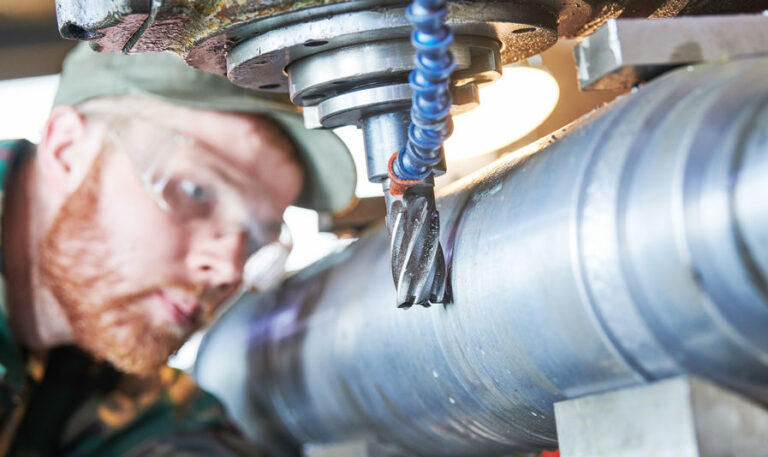
Ua riro te tapihaa o te hamaniraa auri ei tapihaa anaanatae mau e te mau numera e te mau tupuraa e rave rahi, e maere paha outou i te tahi pae, area te tahi pae ra, e parau mai ïa, “I knew that.”
Metal Fabrication Industry Facts
For starters, mai te mea e, e hinaaro outou e rave i te ohipa i roto i te fare hamaniraa ahu auri, aita ïa outou e hinaaro i te hoê parau faati'a. Te na ô ra te parau e,, workers often opt to get welding (or related) certifications. Are most welders male? Definitely. It’s estimated that only about 3 percent of U.S. welders are women. Most welders are over the age of 50; the average age is about 54. The industry is trying to recruit more young people and more women.
I muri iho, where do workers work in the metal fabrication industry? Most of them work in machine shops, the largest sub-sector in the industry. Following that, you’ll find workers in fabricated sheet metals and sheet metal works. Add all three of these together and you’ve got a $90 billion industry (and that’s with stats from 2013). While there are many welders, there are also machinists and team assemblers in this industry, among other roles and titles.
Metal fabricators have a higher rate of illness and injury than the national average. Think about it– they’re dealing with sharp metal, as well as soldering/welding burns and/or falls from ladders or scaffolds. These jobs have some risks!
Even with risks, people love working in the industry. Oia mau, no ni'a i te 12 percent of all manufacturing employees in the U.S. work in the metal fabrication industry– that’s about a million and a half workers, many of whom make a great living.
I te pae hopea, where do businesses go to buy industrial metals? Eagle Alloys is the logical choice. Eagle Alloys is a leading global materials supplier; Piiraa 800-237-9012 or email sales@eaglealloys.com for more information.






